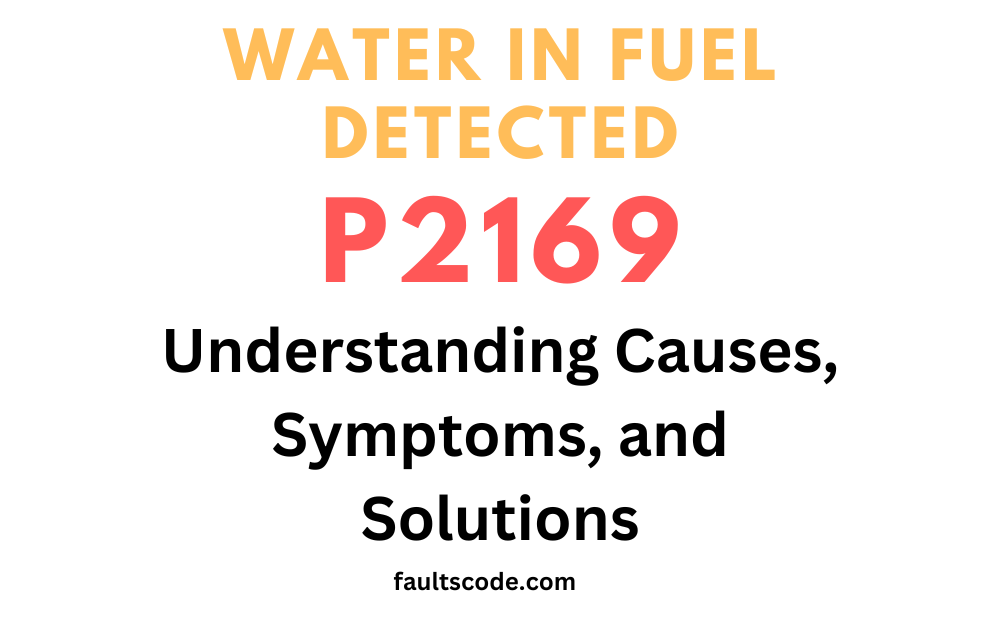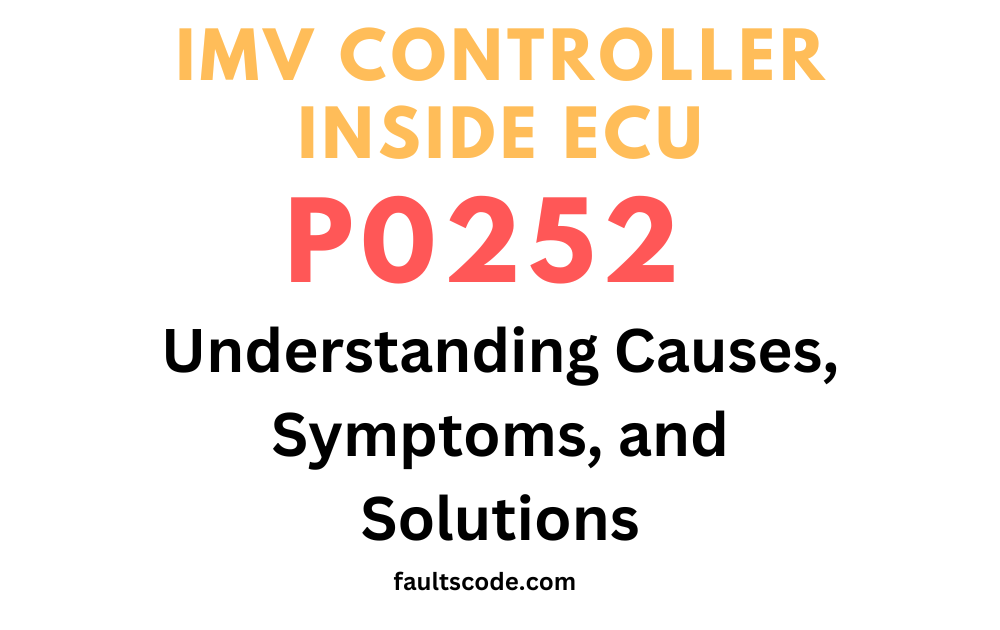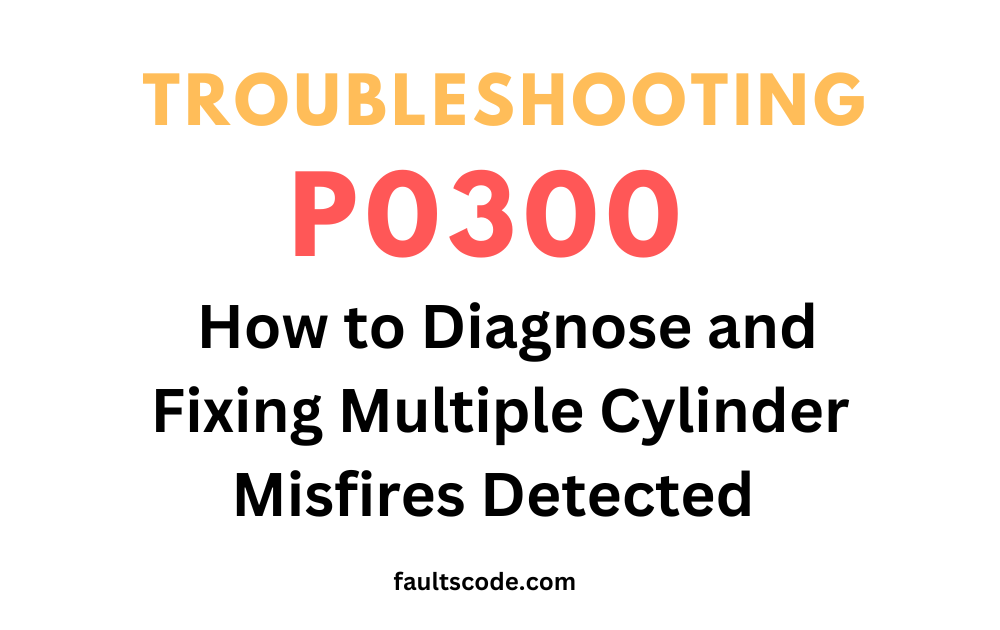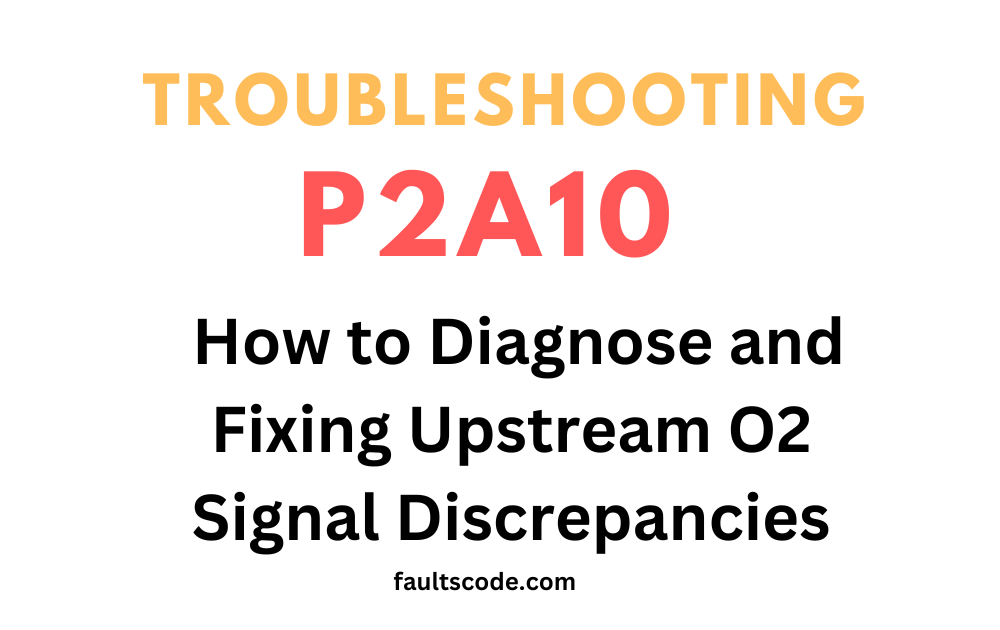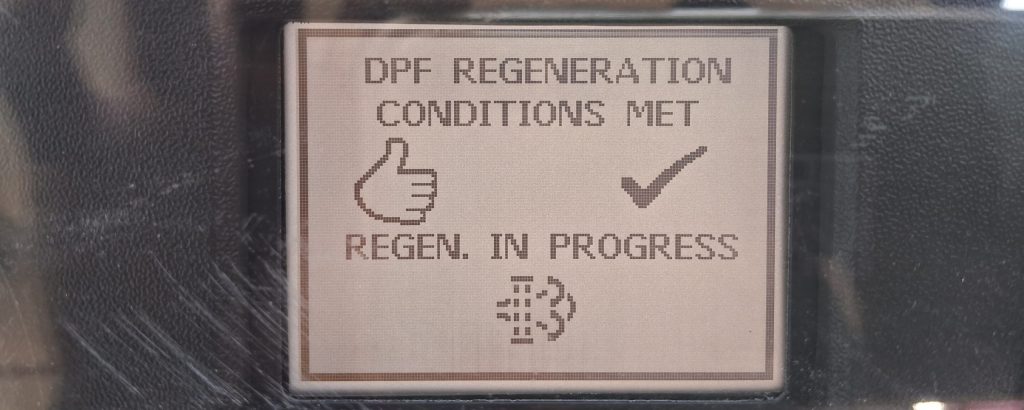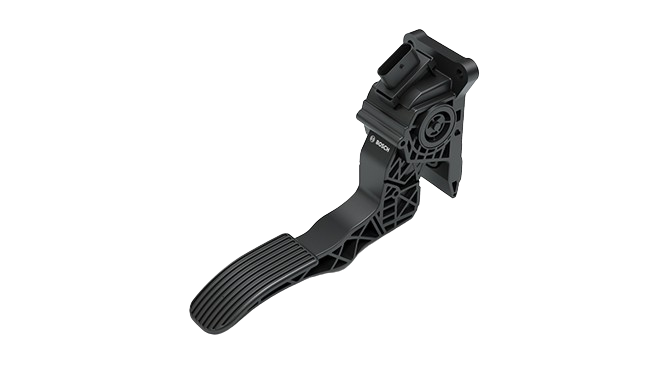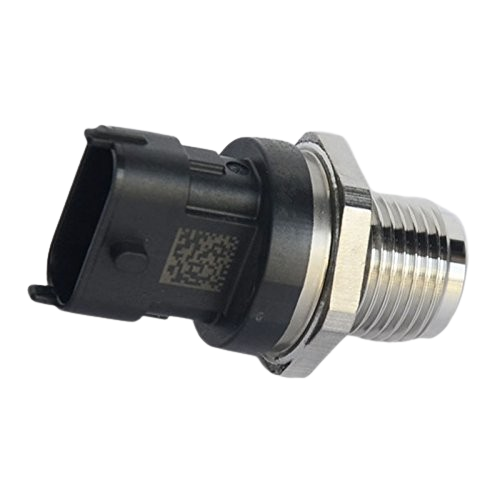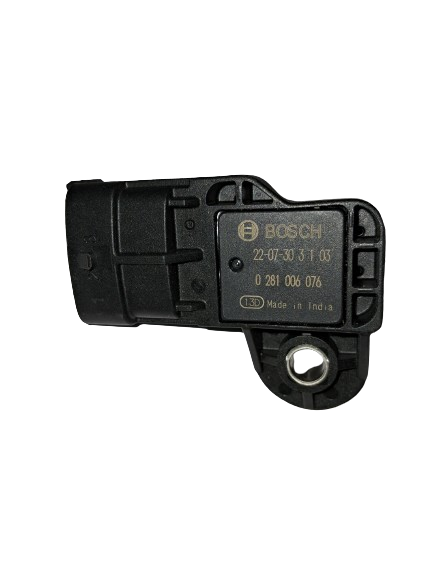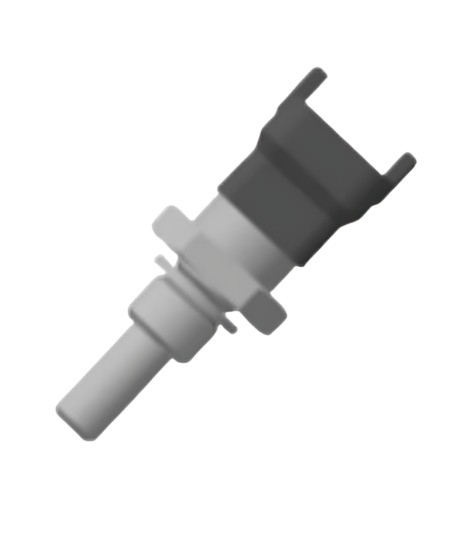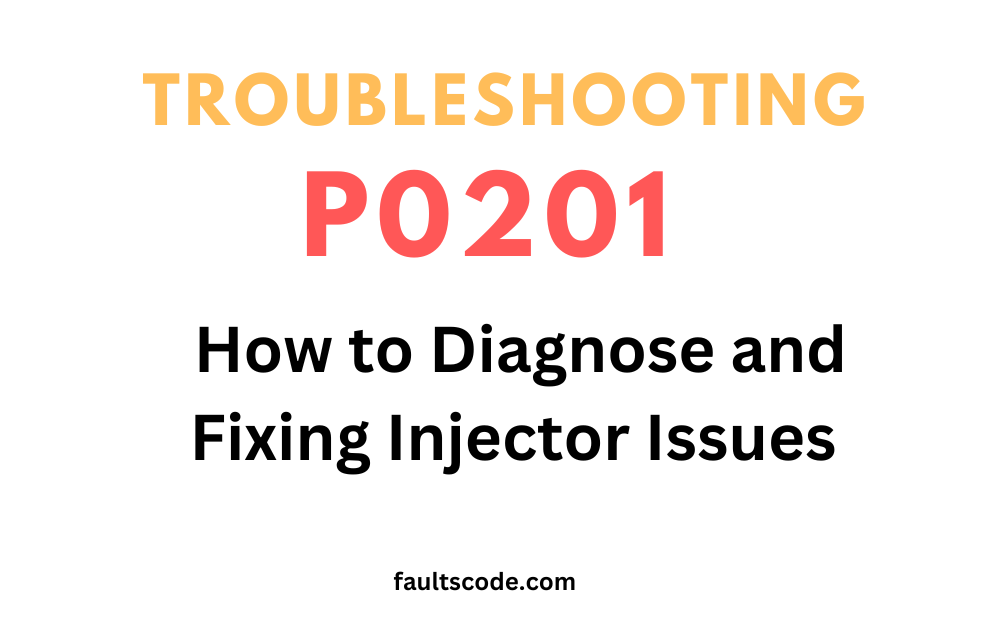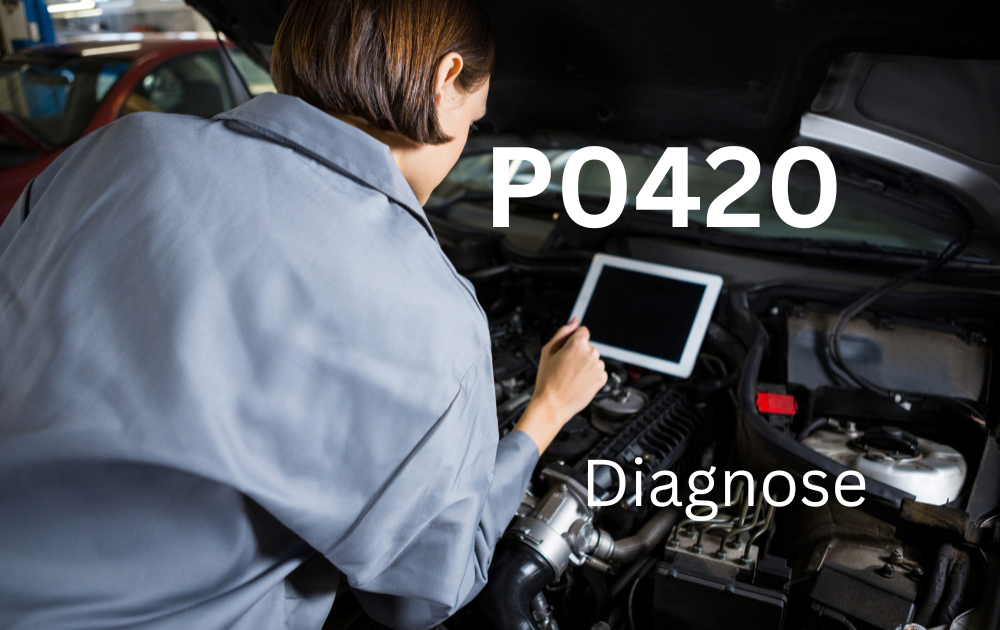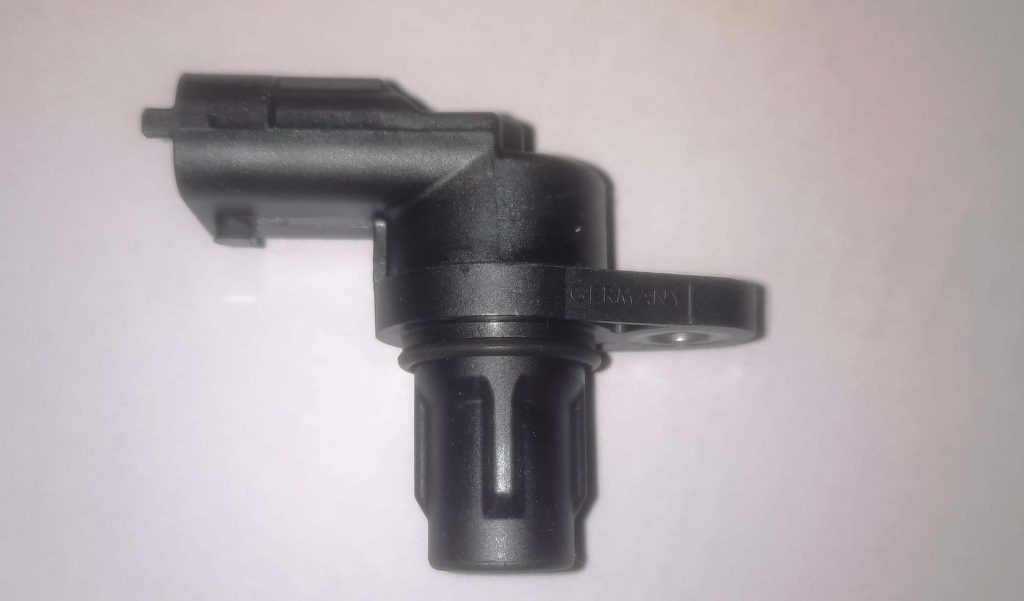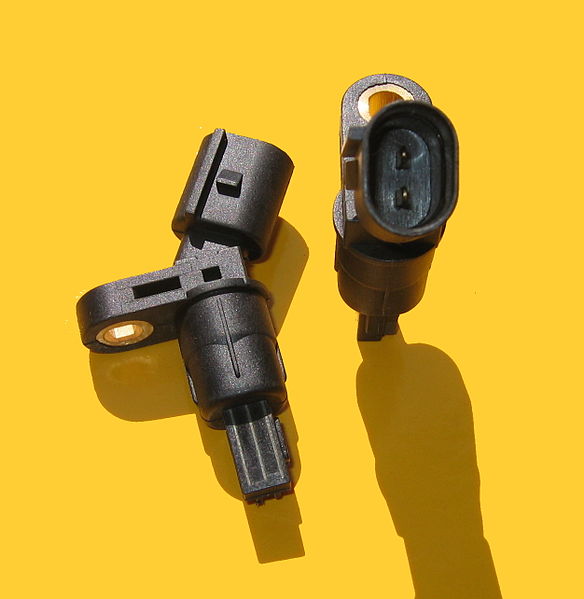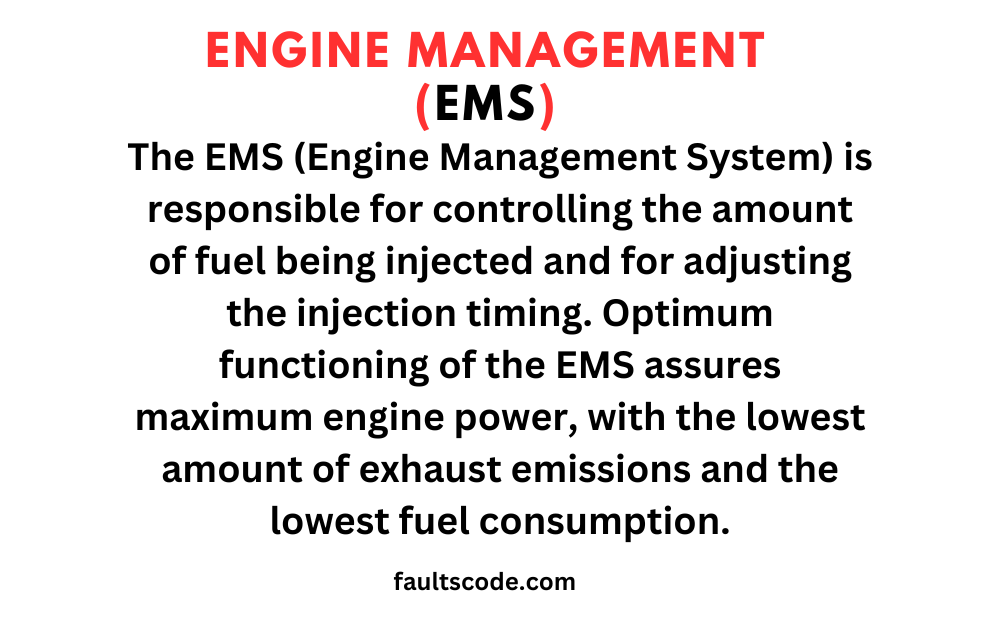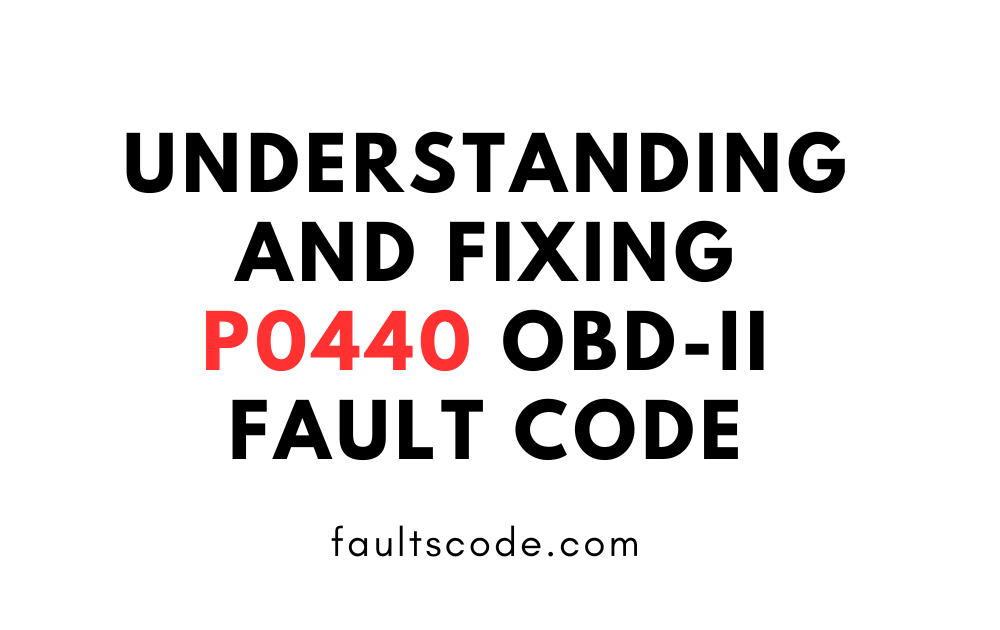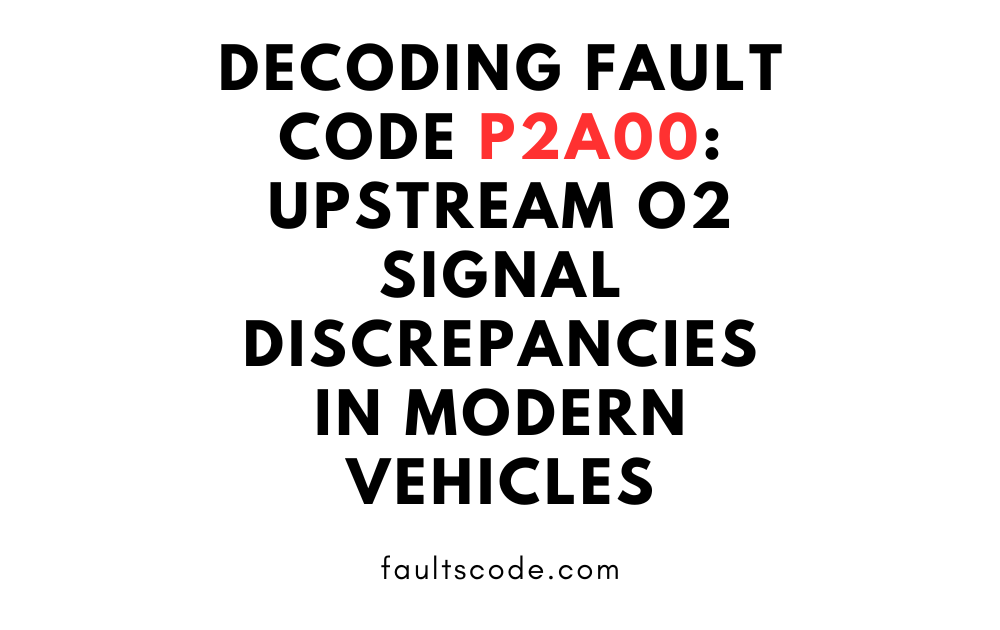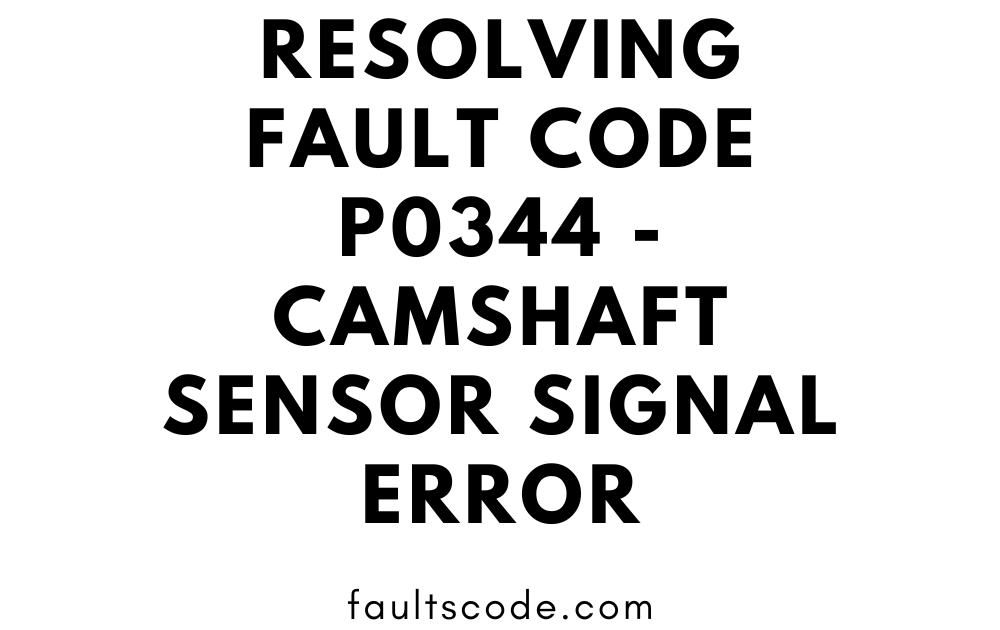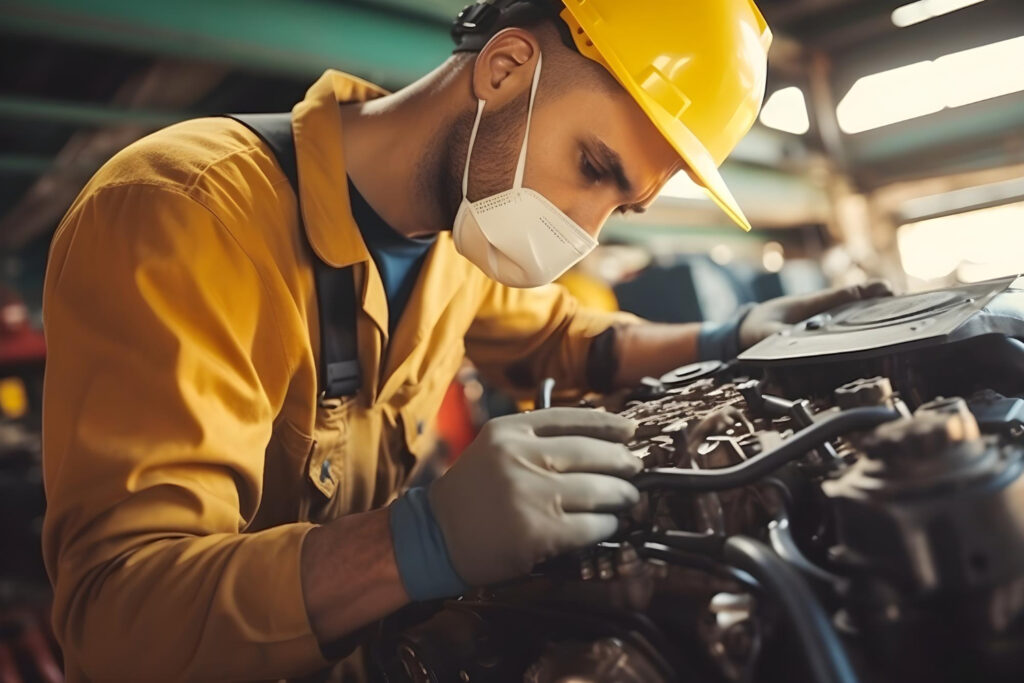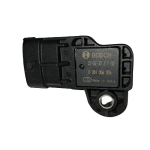Oil Pressure Sensor: An Essential Component of Modern Engines

Understanding the Role of Oil Pressure Sensors (OPS) in Vehicles
Oil pressure sensors (OPS) play a critical role in modern vehicle engines by monitoring the oil pressure levels within the engine. These sensors are pivotal components that help ensure the smooth operation and longevity of the engine.
Importance of Maintaining Proper Oil Pressure for Engine Health
Maintaining proper oil pressure is paramount for the health and longevity of the engine. Oil pressure ensures that all moving parts within the engine are adequately lubricated, reducing friction and preventing premature wear and tear. Failure to maintain optimal oil pressure can result in severe engine damage and costly repairs.
Significance of OPS in Ensuring Optimal Engine Performance
Oil pressure sensors (OPS) are instrumental in maintaining optimal engine performance. By continuously monitoring oil pressure levels, these sensors provide real-time feedback to the engine management system, allowing for adjustments to be made to ensure smooth operation. This helps prevent potential issues such as engine overheating, oil leaks, and loss of power, thus contributing to the overall reliability and performance of the vehicle.
In the subsequent sections, we will delve deeper into the functionality of oil pressure sensors (OPS) and explore their importance in ensuring the smooth operation of automotive engines.
The Basics of Oil Pressure Sensors
Definition and Function of Oil Pressure Sensors
Oil pressure sensors, commonly referred to as OPS, are vital components in an automobile’s engine. Their primary function is to monitor and regulate the oil pressure within the engine. As the engine operates, these sensors ensure that the oil pressure remains within optimal ranges, preventing potential damage to engine components.
Types of OPS and Their Applications
- Mechanical OPS Mechanical oil pressure sensors are traditional devices that operate based on mechanical principles. They typically consist of a diaphragm or a piston mechanism that responds to changes in oil pressure. These sensors are commonly found in older vehicle models and have proven to be reliable over time.
- Electronic OPS Electronic oil pressure sensors, on the other hand, are more modern and utilize electronic components to measure oil pressure. These sensors often employ a transducer that converts changes in pressure into electrical signals. Electronic OPS are prevalent in newer vehicles due to their precision and ability to integrate seamlessly with electronic engine control systems.
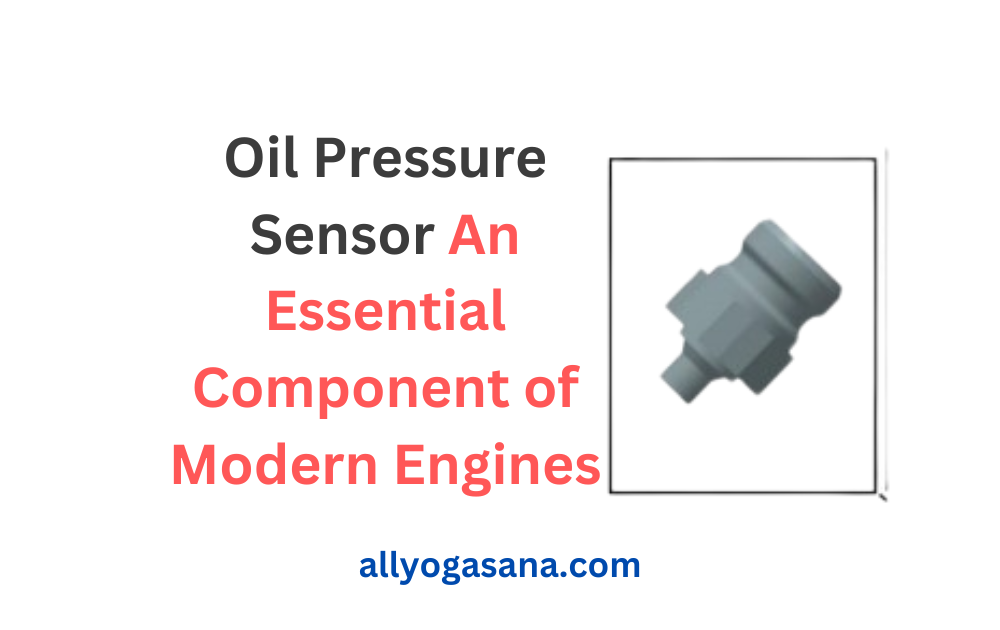
How OPS Work to Monitor Oil Pressure Levels in the Engine
Oil pressure sensors work by continuously monitoring the pressure of the engine oil. When the engine is running, oil is pumped through various passages and components, and the sensor assesses the pressure levels. The sensor then sends signals to the engine control unit (ECU), which processes the information and makes necessary adjustments to maintain optimal oil pressure.
Mechanical OPS respond to physical changes in pressure, while electronic OPS provide precise data through electronic signals. Both types play a crucial role in ensuring that the engine operates with the right amount of lubrication, contributing to its efficiency and longevity.
In the following sections, we will explore the specific functions and applications of mechanical and electronic oil pressure sensors in more detail.
Importance of Oil Pressure in Vehicle Engines
Explanation of the Role of Oil in Engine Lubrication
Oil serves as the lifeblood of a vehicle’s engine, playing a crucial role in lubricating its moving parts. As the engine operates, oil is circulated through various components, such as the crankshaft, camshaft, and bearings, providing a protective layer that minimizes friction. This lubrication is essential for preventing wear and tear on engine parts and ensuring smooth and efficient operation.
Consequences of Low Oil Pressure
- Engine Damage Insufficient oil pressure can lead to inadequate lubrication, resulting in increased friction between moving parts. This friction can cause excessive heat and wear, ultimately leading to severe engine damage. Components such as pistons, bearings, and the crankshaft are particularly vulnerable to wear in the absence of proper lubrication.
- Reduced Fuel Efficiency Low oil pressure can also impact fuel efficiency. When engine components experience increased friction due to insufficient lubrication, the engine has to work harder to overcome this resistance. This increased workload can lead to higher fuel consumption, reducing the overall efficiency of the vehicle.
The Correlation Between Oil Pressure and Overall Engine Health
The oil pressure within a vehicle’s engine serves as a key indicator of its overall health. Optimal oil pressure ensures that all moving parts are adequately lubricated, reducing wear and maintaining peak performance. Monitoring oil pressure allows for the early detection of potential issues, enabling timely maintenance and preventing costly repairs.
In the upcoming sections, we will explore the specific symptoms and signs that indicate low oil pressure, as well as the measures that can be taken to maintain and monitor oil pressure effectively.
Common Signs of Oil Pressure Sensor Fail, Issues
Warning Lights and Indicators
One of the primary indicators of potential oil pressure sensor issues is the illumination of warning lights on the vehicle dashboard. Modern vehicles are equipped with a sophisticated network of sensors that communicate with the engine control unit (ECU). If the oil pressure sensor detects irregularities, it triggers a warning light to alert the driver. Ignoring such warnings can lead to severe engine damage, making it crucial to address the issue promptly.
Unusual Engine Noises
Oil pressure sensor issues can manifest in unusual engine noises. When oil pressure is insufficient, engine components may experience increased friction, resulting in knocking, ticking, or clattering sounds. These noises often indicate a lack of proper lubrication, and if left unaddressed, they can lead to significant damage to the engine.
Effects on Vehicle Performance
Oil pressure sensor issues can have a direct impact on overall vehicle performance. Reduced oil pressure can lead to decreased engine efficiency and power. Drivers may notice a decrease in acceleration, poor fuel efficiency, or an overall sluggish performance. Monitoring these changes in vehicle behavior is crucial for identifying and addressing oil pressure sensor issues before they escalate.
In the upcoming sections, we will discuss troubleshooting steps and potential solutions for addressing oil pressure sensor issues. Understanding these common signs allows drivers to take proactive measures to maintain the health of their vehicle’s engine.
Importance of Regular Oil Pressure Sensor Maintenance
Routine Inspection and Testing
Regular maintenance of oil pressure sensors (OPS) is crucial for ensuring the continued health and performance of a vehicle’s engine. Routine inspections should be conducted to assess the condition of the OPS and its associated components. This includes checking for any signs of wear, corrosion, or damage. Additionally, performing regular testing of the OPS can help identify potential issues before they escalate.
Steps for Oil Pressure Sensor Replacement
When issues with the oil pressure sensor are identified, prompt replacement is essential. The replacement process typically involves the following steps:
- Locate the OPS: Identify the current location of the oil pressure sensor within the engine compartment.
- Drain the Oil: Before replacing the OPS, it’s advisable to drain the engine oil to prevent spillage during the process.
- Remove the Old OPS: Carefully disconnect the electrical connector and use appropriate tools to remove the old OPS from its position.
- Install the New OPS: Place the new oil pressure sensor in the designated location and secure it in place.
- Reconnect the Electrical Connector: Ensure a secure and proper connection between the new OPS and the vehicle’s wiring.
- Refill with Oil: Refill the engine with the appropriate amount and type of oil.
- Test the OPS: After replacement, conduct a thorough test to verify the functionality of the new oil pressure sensor.
Tips for Preventing Oil Pressure Sensor Issues
To minimize the risk of oil pressure sensor issues, consider the following preventive measures:
- Regular Oil Changes: Ensure timely and regular oil changes to maintain the quality and viscosity of the engine oil.
- Use High-Quality Oil: Choose high-quality engine oil that meets the manufacturer’s specifications.
- Monitor Warning Signs: Stay vigilant for warning lights, unusual engine noises, or changes in vehicle performance that may indicate OPS issues.
- Scheduled Inspections: Include oil pressure sensor inspections in routine vehicle maintenance schedules.
- Address Issues Promptly: If any signs of OPS issues are detected, address them promptly to prevent further damage to the engine.
By incorporating these maintenance practices, vehicle owners can significantly enhance the reliability and longevity of their oil pressure sensors and contribute to the overall health of their vehicle’s engine.
Technological Advances in Oil Pressure Sensors
Evolution of OPS Technology
Oil pressure sensor (OPS) technology has evolved significantly over the years, transitioning from mechanical systems to more sophisticated electronic counterparts. The evolution is marked by increased precision, reliability, and integration capabilities. Early mechanical OPS were simplistic in design, relying on physical mechanisms to measure pressure. The advent of electronic OPS brought about a paradigm shift, allowing for more accurate monitoring and seamless integration with advanced vehicle systems.
Integration with Vehicle Monitoring Systems
Modern OPS are integral components of advanced vehicle monitoring systems. These sensors are now intricately connected to the vehicle’s onboard computer, forming part of a comprehensive engine management system. Through this integration, OPS provide real-time data on oil pressure levels to the engine control unit (ECU), allowing for immediate adjustments to maintain optimal performance. This connectivity also facilitates communication with other vehicle sensors, creating a holistic approach to engine health monitoring.
Benefits of Advanced OPS for Vehicle Owners
- Enhanced Accuracy: Advanced OPS, particularly electronic variants, offer superior accuracy in measuring oil pressure. This precision enables early detection of fluctuations, allowing for proactive maintenance and preventing potential engine issues.
- Real-Time Monitoring: The integration of OPS with vehicle monitoring systems enables real-time monitoring of oil pressure levels. This rapid feedback loop allows for immediate adjustments, ensuring optimal engine performance and preventing damage.
- Diagnostic Capabilities: Advanced OPS contribute to the diagnostic capabilities of modern vehicles. They can provide detailed information about the health of the engine, facilitating quicker identification of potential problems and reducing the time and cost associated with troubleshooting.
- Improved Fuel Efficiency: The accurate monitoring of oil pressure contributes to improved fuel efficiency. By ensuring optimal lubrication, the engine operates more efficiently, reducing fuel consumption and environmental impact.
- Extended Engine Lifespan: The benefits of advanced OPS translate into a longer lifespan for the vehicle’s engine. Timely detection and resolution of issues, along with optimal oil pressure maintenance, contribute to reduced wear and tear, prolonging the overall durability of the engine.
In the upcoming sections, we will explore specific examples of cutting-edge OPS technologies and their applications in the automotive industry. Understanding these technological advances can help vehicle owners appreciate the benefits of investing in modern OPS for their vehicles.
Troubleshooting and Diagnosing Oil Pressure Sensor Problems
Steps to Identify OPS Issues
Identifying issues with the oil pressure sensor (OPS) requires a systematic approach. Here are steps to troubleshoot and diagnose OPS problems:
- Check Warning Lights: If the vehicle’s dashboard displays warning lights related to oil pressure, it’s an initial indication of a potential OPS issue. Pay attention to any illuminated symbols and their corresponding meanings in the vehicle’s manual.
- Listen for Unusual Noises: Unusual engine noises, such as knocking or ticking, can be indicative of low oil pressure. Listen carefully while the engine is running, especially during acceleration or deceleration.
- Monitor Oil Pressure Gauge: Some vehicles are equipped with an oil pressure gauge. Monitor the gauge while the engine is running and note any fluctuations or unusually low readings.
- Perform a Visual Inspection: Inspect the area around the OPS for any signs of oil leaks, corrosion, or physical damage. Leaks or damage to the sensor can affect its performance.
- Use Diagnostic Tools: Modern vehicles are equipped with onboard diagnostics that can be accessed using diagnostic tools. These tools can provide specific error codes related to the OPS, aiding in pinpointing the issue.
Common Reasons for Oil Pressure Sensor Malfunctions
- Sensor Wear and Tear: Over time, the internal components of the OPS, especially in mechanical sensors, can wear out or become damaged.
- Oil Leaks: Oil leaks around the OPS can affect its accuracy and performance. It’s crucial to address any leaks promptly.
- Electrical Issues: Electronic OPS may experience issues related to wiring, connectors, or the electrical system. Loose connections or damaged wiring can lead to sensor malfunctions.
- Faulty Oil Pressure Gauge: In some cases, the problem may lie with the oil pressure gauge itself rather than the OPS. A faulty gauge can provide inaccurate readings.
- Incorrect Oil Viscosity: The use of incorrect or degraded engine oil can impact the performance of the OPS. It’s essential to use the recommended oil type and change it at regular intervals.
Importance of Professional Diagnosis and Repair
While basic troubleshooting can help identify apparent issues, professional diagnosis is crucial for accurate and comprehensive assessment. Professional technicians have the expertise and specialized tools to conduct in-depth diagnostics, ensuring all potential problems are addressed. Professional repair and replacement of the OPS, if necessary, are vital to maintaining the reliability and performance of the vehicle’s engine.
In the subsequent sections, we will delve into specific repair and maintenance practices, emphasizing the importance of seeking professional assistance when dealing with OPS issues.
Case Studies
Real-Life Examples of OPS-Related Issues and Their Consequences
Case Study 1: Low Oil Pressure Warning
Issue: A driver noticed a persistent low oil pressure warning on the dashboard. Ignoring the warning, the driver continued to operate the vehicle.
Consequences: The engine suffered severe damage due to inadequate lubrication, leading to a costly engine overhaul. The delayed response to the warning resulted in avoidable repairs and downtime.
Case Study 2: Unusual Engine Noises
Issue: A vehicle owner reported unusual knocking sounds from the engine during acceleration.
Consequences: Investigation revealed a faulty oil pressure sensor causing low oil pressure. Continued operation with the malfunctioning sensor resulted in increased friction, leading to damaged bearings and piston components.
Solutions Implemented to Resolve Oil Pressure Sensor Problems
Case Study 1: Timely Replacement of OPS
Solution: After receiving the low oil pressure warning, the driver promptly sought professional assistance. The oil pressure sensor was diagnosed as faulty and promptly replaced. Regular oil changes and subsequent monitoring ensured the sustained health of the engine.
Case Study 2: Comprehensive Engine Inspection
Solution: In the second case, a thorough inspection identified a damaged oil pressure sensor and associated wiring. The sensor was replaced, and the wiring was repaired. Additionally, the engine underwent inspection and necessary repairs to address the impact of the prolonged low oil pressure.
Future Trends in Oil Pressure Sensor Technology
Emerging Technologies in Oil Pressure Sensing
- Smart Sensors: Future OPS may incorporate smart sensor technology, providing more detailed and real-time data. These sensors can communicate directly with the vehicle’s central computer, enabling more precise adjustments to maintain optimal oil pressure.
- Wireless Connectivity: Integration of wireless connectivity allows for seamless communication between OPS and other vehicle systems. This advancement enables remote monitoring and diagnostics, enhancing proactive maintenance capabilities.
Potential Advancements and Their Impact on Vehicle Maintenance
- Predictive Maintenance: Advanced OPS, coupled with machine learning algorithms, may enable predictive maintenance models. These models can anticipate potential issues based on historical data, allowing for proactive measures and minimizing unplanned downtime.
- Self-Diagnosing Sensors: Future OPS may feature self-diagnosing capabilities, detecting internal issues and providing detailed diagnostics to both vehicle owners and service centers. This can streamline the troubleshooting process and accelerate the resolution of problems.
Industry Developments and Collaborations
- Collaboration with Automakers: Sensor manufacturers are likely to collaborate more closely with automakers to develop customized OPS solutions that seamlessly integrate with specific vehicle models, optimizing performance and reliability.
- Environmental Considerations: Future OPS may align with the automotive industry’s increasing focus on sustainability. This could involve the development of eco-friendly materials and energy-efficient sensor technologies.
Understanding these emerging trends in OPS technology prepares vehicle owners and professionals in the automotive industry for the advancements shaping the future of oil pressure sensing. As these technologies evolve, they are expected to revolutionize vehicle maintenance practices, making them more efficient and proactive.
Conclusion
Recap of the Importance of Oil Pressure Sensors in Vehicle Health
In conclusion, oil pressure sensors (OPS) play a pivotal role in ensuring the health and longevity of a vehicle’s engine. These sensors are instrumental in maintaining optimal oil pressure, providing crucial lubrication to engine components and preventing potential damage. The proper functioning of OPS is essential for the overall performance and efficiency of the vehicle.
Call to Action for Regular OPS Maintenance and Monitoring
As vehicle owners, it is imperative to take proactive measures for the regular maintenance and monitoring of oil pressure sensors. Routine inspections, timely replacement, and staying vigilant for warning signs can prevent costly engine damage and ensure the continued reliability of the vehicle. Regular oil changes, adherence to manufacturer recommendations, and prompt attention to any OPS-related issues are key elements in preserving the health of the engine.
Future Outlook for OPS Technology and Its Role in Enhancing Vehicle Performance
Looking ahead, the future of OPS technology holds promising advancements. Emerging technologies such as smart sensors, wireless connectivity, and predictive maintenance capabilities are poised to revolutionize the way we monitor and maintain oil pressure in vehicles. As these innovations continue to develop, they will contribute to enhanced vehicle performance, increased fuel efficiency, and a reduction in unplanned maintenance events.
In conclusion, recognizing the significance of OPS in vehicle health, committing to regular maintenance, and staying informed about emerging technologies are essential steps in ensuring the continued reliability and efficiency of our vehicles. By embracing these practices, we pave the way for a future where oil pressure sensors play an even more integral role in optimizing the performance and longevity of automotive engines.





